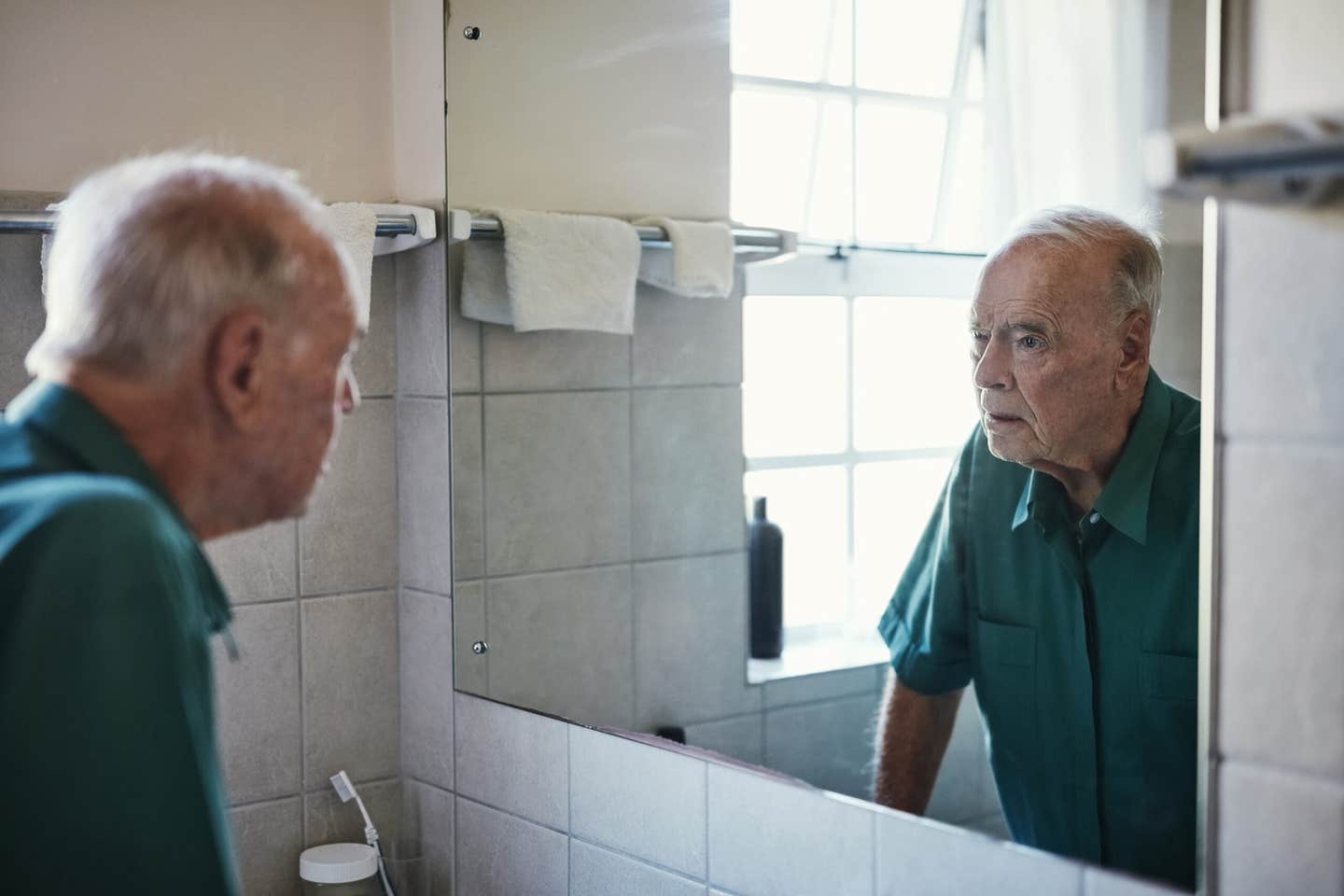Groundbreaking study finds exercise lowers Parkinson’s Disease risk
New research defines the potential preventive effects of physical activity on Parkinson’s, a neurodegenerative disorder without a cure.

[May 18, 2023: Staff Writer, The Brighter Side of News]
The researchers utilized an innovative method to gauge the participants' levels of physical activity. (CREDIT: Creative Commons)
New light has been shed on the potential preventive effects of physical activity on Parkinson's disease, a neurodegenerative disorder without a known cure, according to a comprehensive study led by Dr. Alexis Elbaz, MD, PhD, from the Inserm Research Center in Paris, France.
This study, involving a considerable sample size of 95,354 female participants, provides fresh insights, affirming that consistent exercise could be a low-cost but highly effective tool to combat the progression of this debilitating disease.
“Exercise is a low-cost way to improve health overall, so our study sought to determine if it may be linked to a lower risk of developing Parkinson’s disease, a debilitating disease that has no cure,” said study author Alexis Elbaz, MD, PhD, of the Inserm Research Center in Paris, France. “Our results provide evidence for planning interventions to prevent Parkinson’s disease.”
The study engaged a specific demographic of participants - female educators, with an average age of 49, all of whom were free from Parkinson's disease at the beginning of the research. The study tracked these participants over an impressive span of three decades, during which 1,074 participants were diagnosed with Parkinson's disease.
Related News
The researchers utilized an innovative method to gauge the participants' levels of physical activity. Over the course of the study, participants completed a series of up to six questionnaires. These questionnaires detailed the type and frequency of physical activities, including mundane tasks such as household chores, walking, and climbing stairs, as well as more vigorous exercises like sports and gardening.
To create a standardized measure of energy expenditure across these varied activities, the researchers turned to the metabolic equivalent of a task (METs). A specific MET value was assigned to each type of activity, taking into account the frequency and duration to create a comprehensive physical activity score in METs-hours per week.
For instance, cycling, being a more intense exercise, was assigned six METs, while less strenuous activities like walking and cleaning were accorded three METs. The average physical activity score at the inception of the study was 45 METs-hours per week.
The study's approach involved segregating the participants into four equal groups, each consisting of approximately 24,000 individuals. The highest and lowest quartiles had an average physical activity score of 71 and 27 METs-hours per week, respectively, at the start of the study.
Throughout the research period, the highest exercise group reported 246 cases of Parkinson's disease or 0.55 cases per 1,000 person-years, while the lowest exercise group reported 286 cases, representing 0.73 per 1,000 person-years. The term 'person-years' is used to reflect both the number of people in the study and the time each person spent participating.
The research team performed a statistical adjustment for multiple factors, including geographical location, age at menarche, menopausal status, and smoking habits. After these adjustments, the data suggested that the highest exercise group had a 25% lower rate of developing Parkinson's disease than the lowest exercise group.
Illustration by Zoe Hansen for Verywell Health
Remarkably, this correlation held true even when the physical activity was evaluated up to 10, 15, or 20 years before diagnosis. Similar results were observed after adjusting for dietary habits or medical conditions like high blood pressure, diabetes, and cardiovascular disease.
An interesting observation was that physical activity seemed to decline more rapidly in individuals diagnosed with Parkinson's disease compared to those without it, potentially indicative of early Parkinson’s symptoms.
“With our large study, not only did we find that female participants who exercise the most have a lower rate of developing Parkinson’s disease, we also showed that early symptoms of Parkinson’s disease were unlikely to explain these findings, and instead that exercise is beneficial and may help delay or prevent this disease,” said Elbaz. “Our results support the creation of exercise programs to help lower the risk of Parkinson’s disease.”
Note: Materials provided above by The Brighter Side of News. Content may be edited for style and length.
Like these kind of feel good stories? Get the Brighter Side of News' newsletter.



